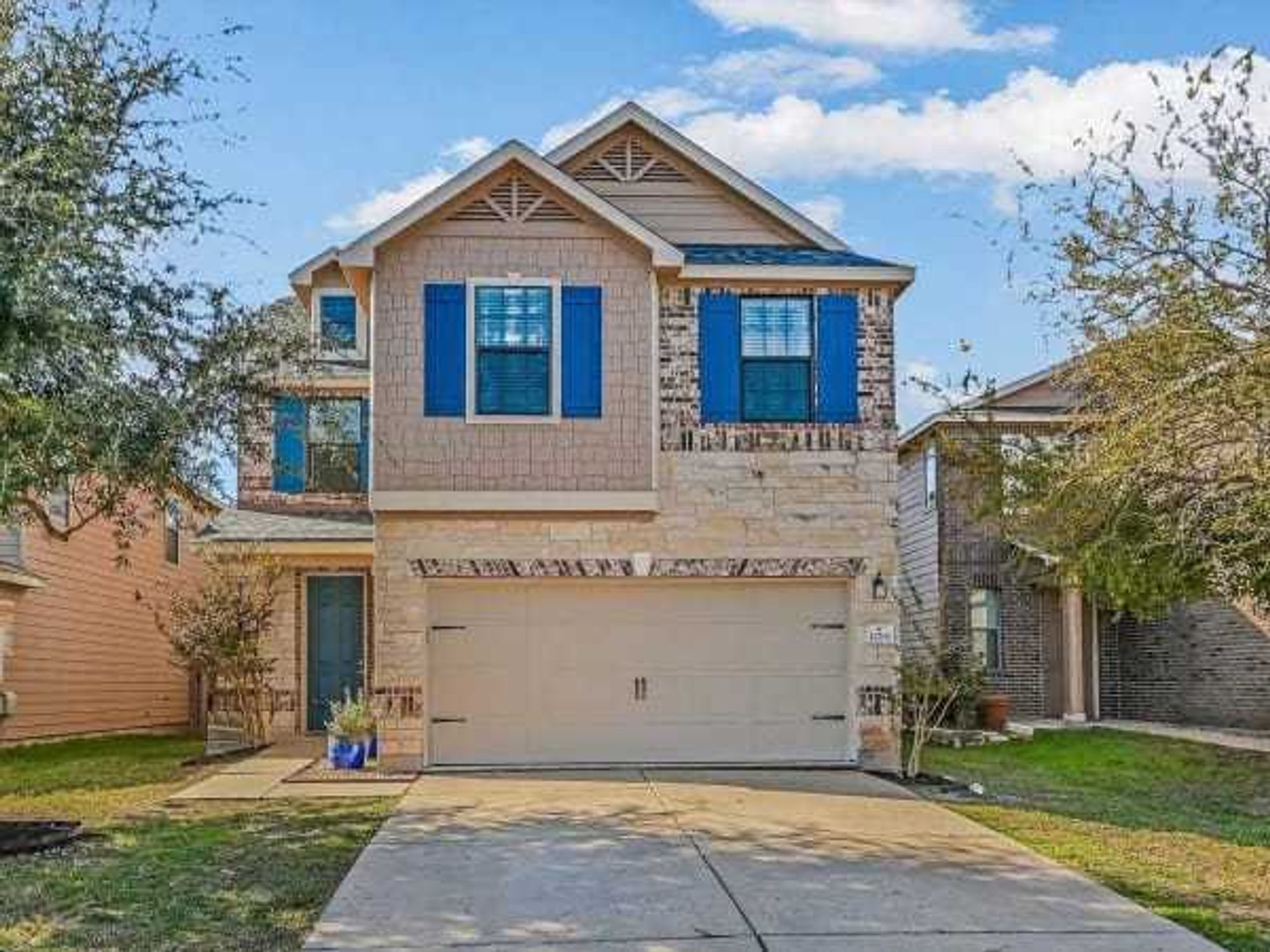Needled by high prices
Austin declared ‘the new Seattle’ in wake of Tesla’s big headquarters news

Tesla CEO Elon Musk shook up Central Texas with his October 8 announcement that the electric vehicle maker is relocating its headquarters from Silicon Valley to Austin. Musk made that proclamation from Tesla’s under-construction manufacturing plant just east of Austin, a site that eventually could house more than 10,000 employees.
Following the news about the headquarters move, an economist warns that Austin is transforming into the type of place that Musk and Tesla seek to escape.
“Austin is the new Seattle and is on its way to become the new San Francisco. Its low taxes and warm climate are attracting highly paid tech workers,” Daryl Fairweather, chief economist at residential real estate brokerage Redfin, says in a statement. “Austin is going to have to figure out how to grow sustainably. That means revamping its zoning and infrastructure to accommodate growth.”
Tesla’s infiltration of Austin promises to produce a massive economic impact, thanks to the automaker’s thousands of corporate and factory jobs, as well as offshoot jobs that Tesla suppliers create here. This comes on top of sizable expansions here by tech employers such as Amazon, Apple, Facebook, Google, and Indeed.
“This is Austin’s seminal moment: We are now the hub of the tech industry, and we aren’t going anywhere,” Laura Huffman, president and CEO of the Austin Chamber of Commerce, says a statement issued in response to Musk’s October 8 announcement.
Huffman calls Tesla’s headquarters announcement “a home run for our entire region.” Yet many local residents, especially would-be homebuyers, are crying foul.
Fairweather points out that median home prices in the Austin area will keep going up. In the 78725 zip code, where the Tesla factory is being built, the median home price has made a year-over-year jump of 44.7 percent, according to Redfin data.
Fairweather’s description of Austin as “the new Seattle” should cause lot of folks here — homebuyers and renters alike — to shudder. That’s because the median home price in the Seattle metro area stood at $730,000 in August, compared with $475,000 in the Austin area, Redfin says. The presence in the Seattle area of the headquarters for both Amazon and Microsoft has helped push up home prices amid heightened demand for housing.
As for Austin’s future as “the next San Francisco,” there’s also reason to fret. In August, the median home price in the San Francisco metro area was an astounding $1.55 million, according to Redfin. San Francisco’s scenario is similar to Seattle’s: Tech employers like Salesforce and Square have been a magnet for highly paid tech workers, who’ve contributed to a rise in home prices sparked in large part by a housing crunch.
Fortunately, Fairweather expects home price hikes to drastically taper off in Austin, at least in the near future. While home prices recently have climbed 40 percent or more compared with last year, she forecasts increases will be around 10 percent next year.
Even though home prices may not escalate as much in 2022, demand should remain robust as the area’s population swells, observers say. Among the country’s 50 major metro areas, Austin saw the biggest surge in population from 2010 to 2020 (33 percent).
Matt Patton, executive vice president of Austin-based AngelouEconomics, foresees people moving to the Austin area to work for Tesla and other manufacturers in the same way that people relocated to Midwestern industrial cities in the 20th century to work at automotive plants and other factories.
“The momentum for Austin continues to feed off of itself,” Patton tells CultureMap. “Austin has proven to be a destination city. ... Austin continues to be a place where people want to be, even during COVID.”
Fairweather thinks many of the people relocating here will continue to be well-paid tech workers from places like high-priced San Francisco and Seattle who view Central Texas as a far more affordable housing market. This, she adds, will further displace longtime residents of Central Texas who can’t afford to live here anymore.
“I think for people who are used to the way Austin has been historically, they may feel like it’s not worth it if Barton Springs is all of a sudden so crowded that you can’t find parking,” Fairweather tells CultureMap, “or people can’t just walk around downtown without it feeling super crowded. I think people will start to feel like some of the best parts about Austin might not really be the same anymore.”
Fairweather says Seattle — where she once lived — experienced a similar transition, with many residents bemoaning changes spurred by the likes of Amazon.
One factor working in Austin’s favor, she says, is that the region isn’t burdened by geographical constraints in the way that Seattle and San Francisco are. This should mean Austin can grow without being constrained so much by a lack of undeveloped land.
Still, Fairweather believes Austin residents “should be a bit alarmed” by the city’s status as the new Seattle and the future San Francisco. Why? Because highly paid tech workers will be scooping up the best homes and shifting the region’s economic dynamics, she says.
“The wealthiest people in a city tend to have the most power,” Fairweather says, “and the city might change in a way to cater to them that might not be what long-term residents really want.”
